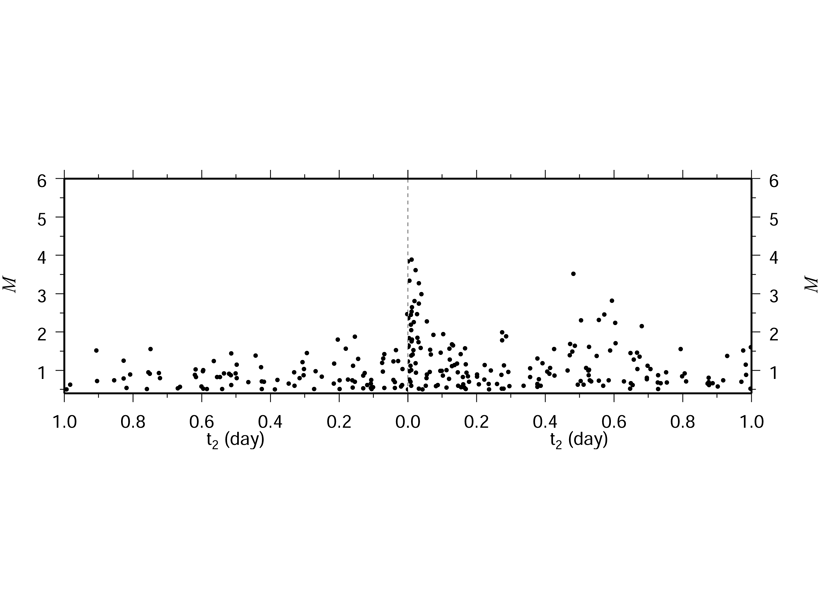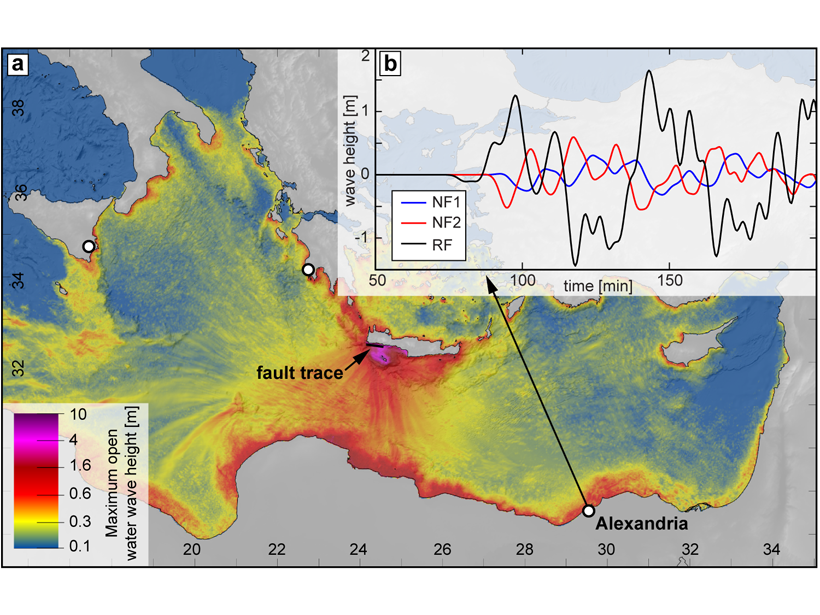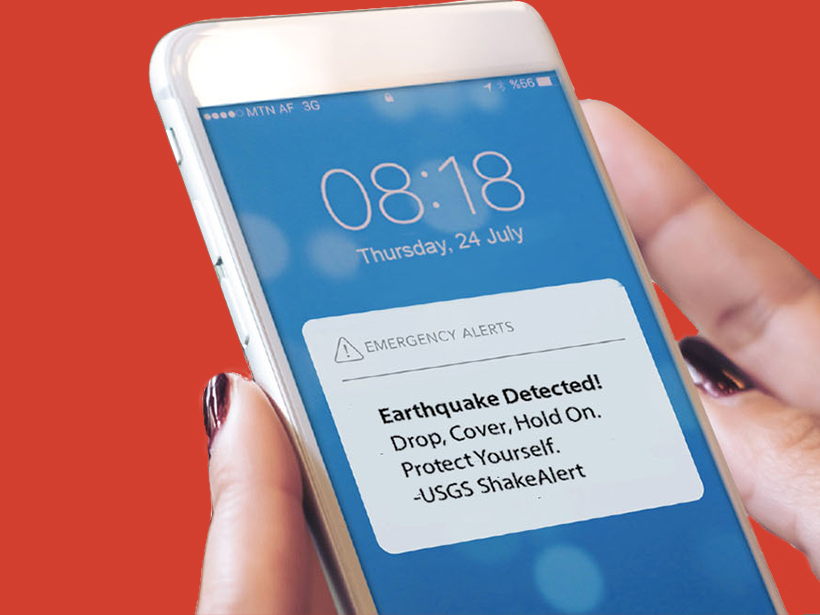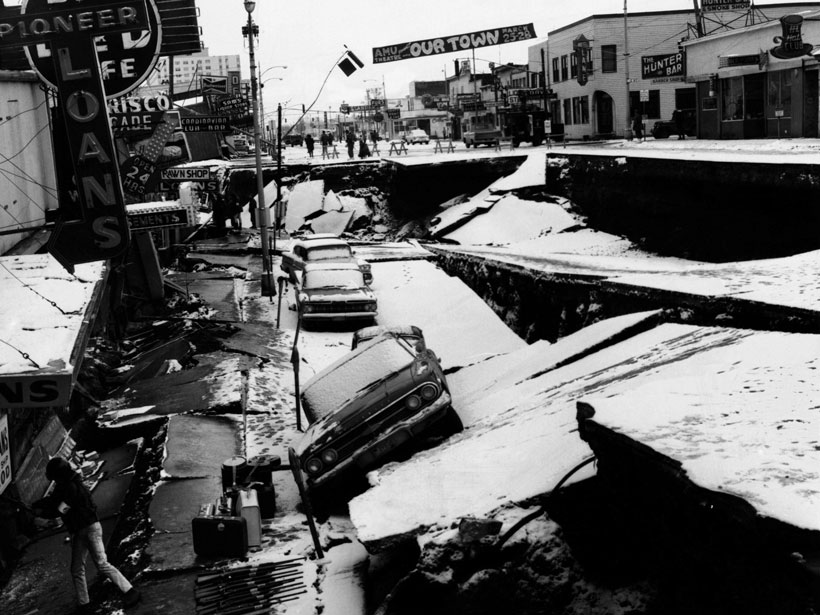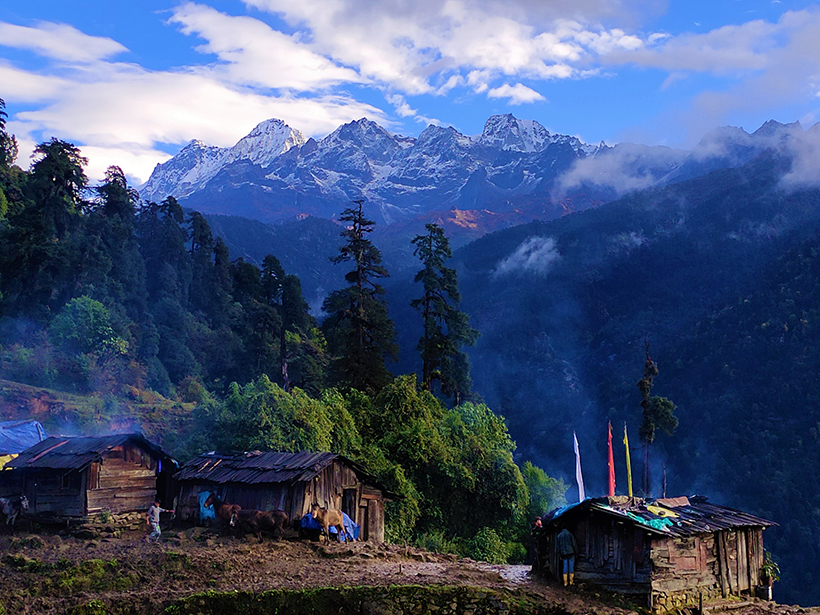Analysis of California earthquakes solidifies links between shaking due to remote earthquakes and increased local earthquake activity that persists for times longer than for regular aftershocks.
earthquakes
The First Systematic Search for Enervated Earthquakes
High quality data from Japan provides answers on where and when “enervated” earthquakes occur.
Was the AD 365 Mediterranean Earthquake Normal?
The great AD 365 earthquake at Crete has implied a locked Hellenic subduction zone that can produce more earthquakes to threaten Mediterranean coastlines. But what if wasn’t a subduction zone event?
Earthquake Alerts Go Live in the Pacific Northwest
Oregon and Washington residents will receive an alert on their cell phones if they are in danger from an incoming quake.
Ocean Sensors Record Rare Triple Tsunami near New Zealand
A new suite of DART buoys in the South Pacific Ocean spotted waves set in motion by three tsunamigenic earthquakes that occurred within hours of one another.
Relating Seismicity and Volcano Eruptions
A global study suggests that volcanic eruption forecasting and detection may be improved by examining earthquake mechanisms and clustering in combination with individual volcano properties.
Slipping and Locking in Earth’s Earthquake Factories
Geodetic observations collected during back-to-back decadal research campaigns have revealed crucial new insights into the start–stop and slow-motion behavior of subduction zones.
A New Robust Estimator of Earthquake Magnitude Distribution
The b-value, which describes the fraction of large versus small earthquakes, is less sensitive to transient changes in detection threshold and may improve the detection of precursory changes.
Discerning Structure and Seismic Hazards in the Sikkim Himalayas
A dense seismic network in operation since 2019 will provide new insights into the tectonics of seismically active Himalayan regions.
When Will the Next Failure Be?
Unprecedented images of fracture networks in laboratory scale experiments mixed with machine learning algorithms help predict the timing of the next failure.

